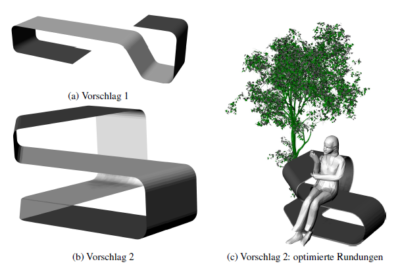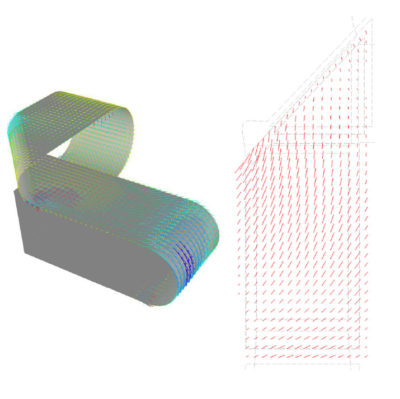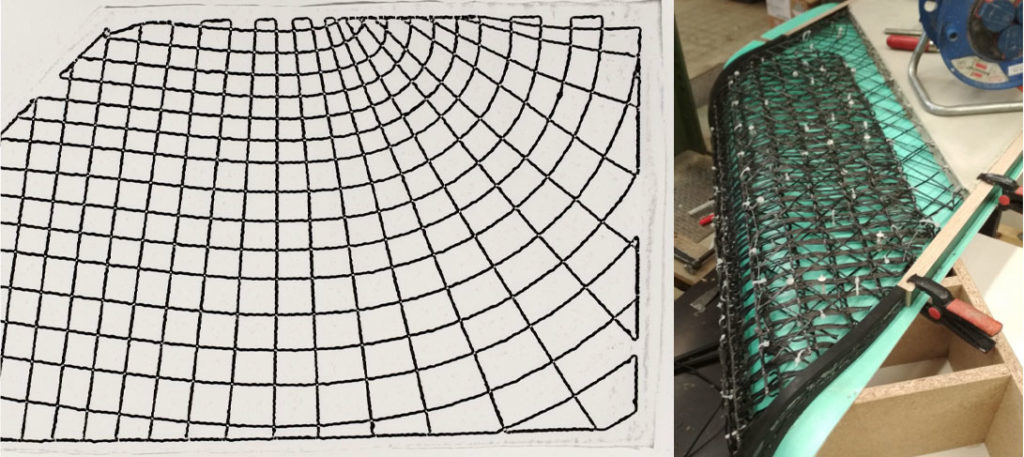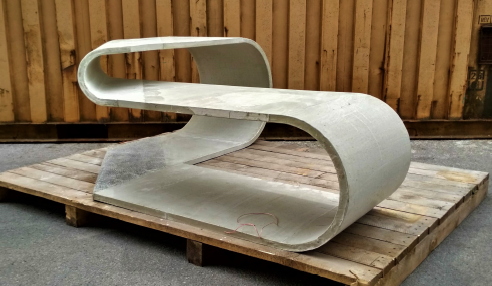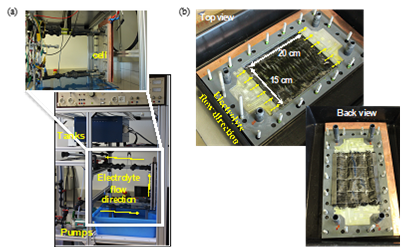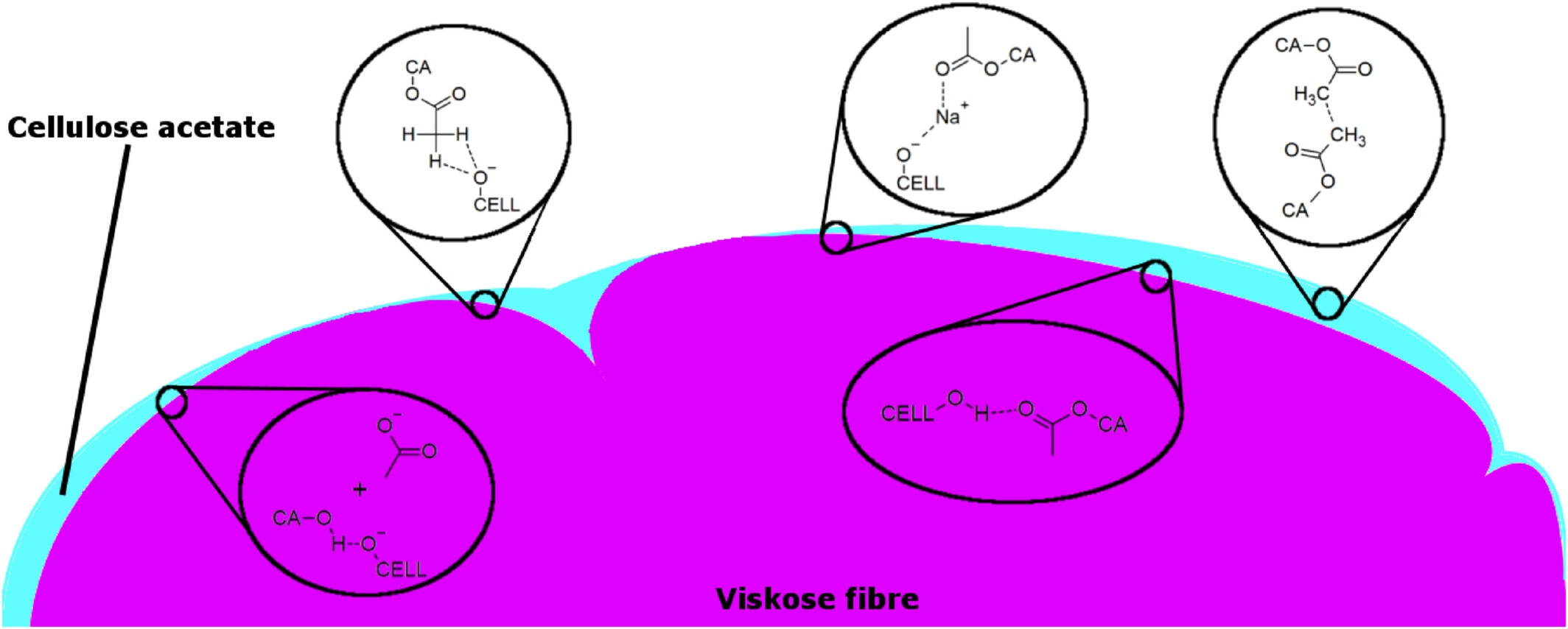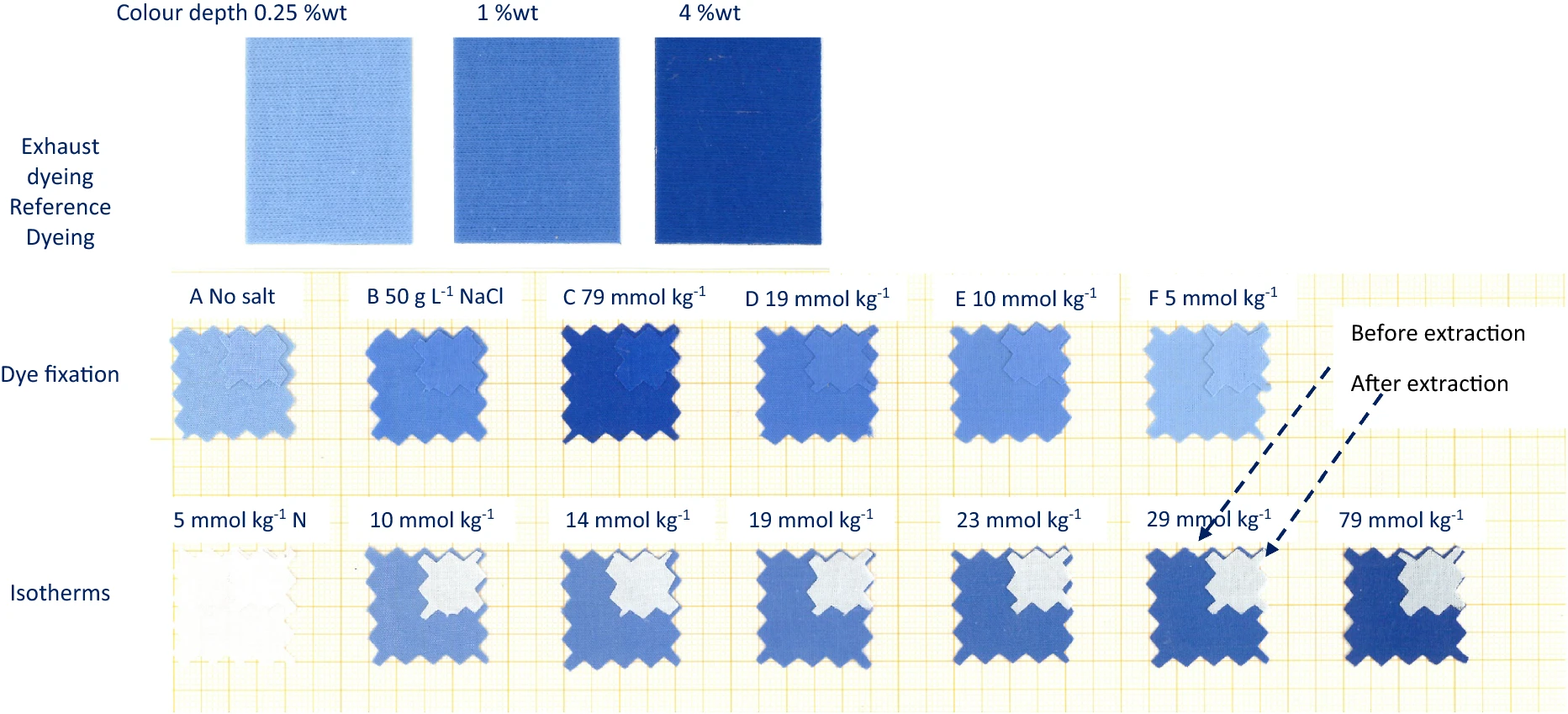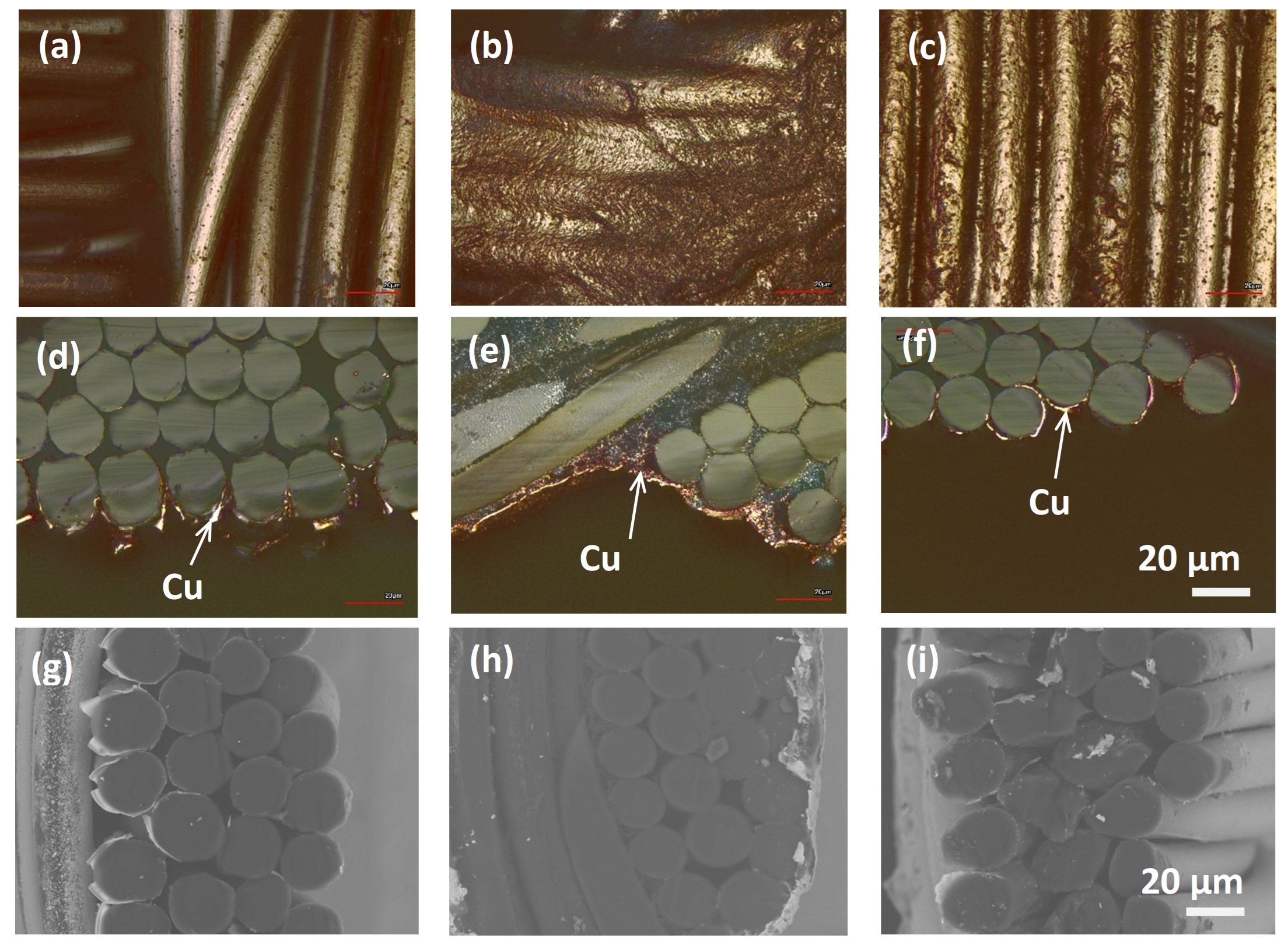Design, dimensioning and construction of a textile concrete furniture with highly adapted carbon reinforcement
Figure 1: Design study, ©UIBK
Background and motivation
Approximately 8 billion cubic meters of concrete are currently being used worldwide and therefore responsible for nearly 10% of global CO2 emissions. The aim of the research and development is to make structures thinner and more economical in order to reduce the amount of concrete used. Another problem with conventional reinforced concrete, the most common use of structural concrete, is corrosion. Especially in case of thin-walled components, the steel reinforcement is not sufficiently protected by the concrete. Therefore, the use of non-rusting textile reinforcement materials is necessary. Due to its mechanical properties, carbon is exceptionally suitable as the reinforcement material of the future. At the University of Innsbruck, together with partners from industry, research on production processes of carbon reinforcement was carried out using the so-called TFP embroidery technique. This allows the targeted material placement and the best use of the strength properties. In combination with the corrosion resistance of the carbon slim and highly efficient constructions can be implemented.
Demonstration of technology
The possibilities of this technology were demonstrated on a piece of furniture made of textile reinforced concrete. In the first step, a design study was carried out to find an appropriate form. The results of this design study can be seen in Figure 1.
Figure 2: FE-model (left) and stress directions (right), ©UIBK
Based on the design study, a finite element modeling was performed. The modeling provides the stresses and deformations that were used to calculate the required reinforcement. It was also possible to determine the stress directions and stress paths. This, in turn, allows designing a reinforcement adapted to the force directions. The results of the FE modeling can be seen in Figure 2.
Using the TFP embroidery technique, it was now possible to produce a reinforcement that exactly met the static specifications and corresponds to the stress directions in the component. In addition, special 3D reinforcement structures were used in the areas of the bends, which are able to absorb the lateral forces. These reinforcements are shown in Figure 3.
Figure 3: Reinforcement adapted to the stress path (left) and 3D reinforcement of the curvature (right), ©UIBK
Finally, a formwork for the furniture was constructed, the reinforcement laid and concreted in a casting process. The finished piece of furniture is shown in Figure 4.
Figure 4: Finished textile reinforced furniture, ©UIBK
Impact and effects
The conducted project shows the possibilities of an efficient construction of thin-walled textile concrete shells. Manufacturing of the furniture shows how it is possible to create load-oriented reinforcements with the help of TFP embroidery technology. The adaption of the reinforcement to the main stress directions also ensures that both reinforcement and concrete are used as efficiently as possible. This manufacturing technique makes it possible to produce slim and economical concrete components with carbon reinforcement that guarantee durability of components, and are resource-saving and highly efficient.
Multifirm project AREA 1-030 Textile reinforced structures in construction and technical application
Project Partners:
- Unit of Concrete Structures and Bridge Design, Institute of Structural Engineering and Material Science, University of Innsbruck
- Vorarlberger Stickereiwirtschaft, Österreich
- Fussenengger und Grabher GmbH, Österrreich
Project coordination (Story)

Unit of Concrete Structures and Bridge Design
Institute of Structural Engineering and Material Science
University of Innsbruck
Dipl.-Ing. Julian Konzilia, Bsc
T + 43 (0)512 507 63301
Massivbau-und-Brueckenbau@uibk.ac.at
The COMET-Project TCCV Project no. 860474 is funded within the context of COMET – Competence Centers for Excellent Technologies by the Austrian Ministry for Transport, Innovation and Technology (BMVIT), the Federal Ministry for Digital and Economic Affairs (BMWFW), and the federal states of Vienna, Tyrol and Vorarlberg. The programme is conducted by the Austrian Research Promotion Agency (FFG).





